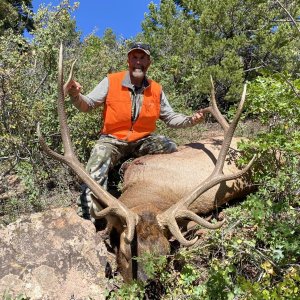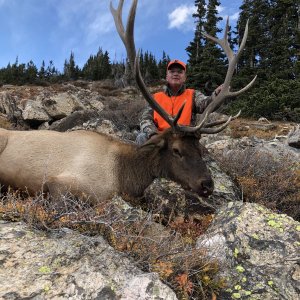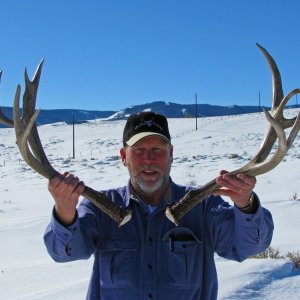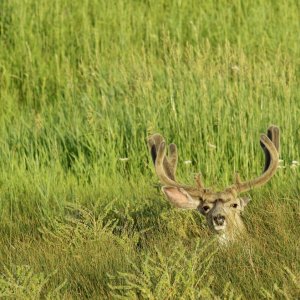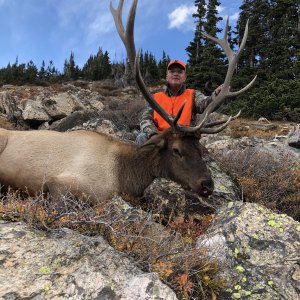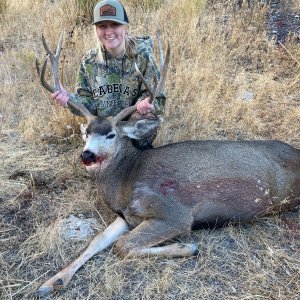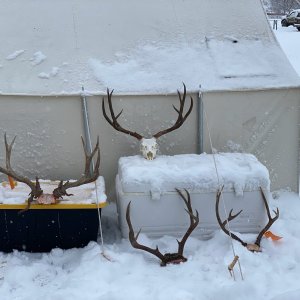Call me one of those guys who will laugh at you if you try to put on a "Pad". hahahaha Cowboy up as they say.
Go out and buy a cheap used saddle and make a stand. Then sit in the SOB while you watch an hour long hunting show. It will help you get accustomed to a short ride. Then you can sell it after you are done. And the slick thermals are good advice to stop chaffing because of your loose hunting pants. (and the cowboys won't laugh at your "pad". ahahahhaha) (Wranglers are tight because they stop chaffing of your legs while riding)
Here is a list for you-
- Gun
- 2 boxes of bullets (one always stays at camp)
- hat
- ear band
- 2 pairs of pants (plus the one you wear)
- 1.5 pairs of socks for each day
- 1 pair of underwear for each day +1
- 2 pairs of thermals (including the slicks to ride into camp)
- Rain coat and rain pants (packable like the ones at SportsWarehouse $25 ea)
- gloves
- light wieght hiking shoes (I hunt WY in late sept and love the light boots if the weather is decent which it usually is)
- 1 longsleve shirt for every 2 days
- 1 short sleeve for every 3 days
- Light weight jacket
- sweat shirt
- fleece jacket
- knife (you HAVE to help gut/cape or they will think you need a "Pad" hahahhahaha)
- flashlite
- emergency kit (matches, small first aid kit- everything in a 3"x5"x3")
- TYLENOL PMs
- Camera (one you don't mind loosing)
- a $20, $50, and 3 $100 bills. (allows you tip accordingly or not at all)
- Always sleep in the same clothes until the last day and use those to leave in.
- a packet of tissues
- a belt (they can be handy)
- A change of clothes at the car.
- If they don't provide it- light wieght-20 sleeping bag, small pillow (not known as a pad), Toilet paper.
I am sure I left off something, but that gives you an idea. I have guided a few hunters and I can tell you to go the extra mile. Don't wait for them to do everything. Help out, work hard and they should help you even more. The guide the outfitts the area I hunt in WY never leaves camp before light and is always back to camp before dark. I would demand more if I was in his camp. Most of all, get in shape. It would be better to out hike you guide rather than not make the next ridge where the elk are.
OK, if you are over 50 then you might get away with the "Pad", but that is up to you. hahahahhaha
That info is worth what you are paying for it.

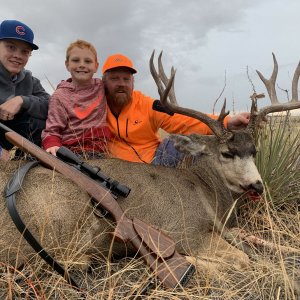
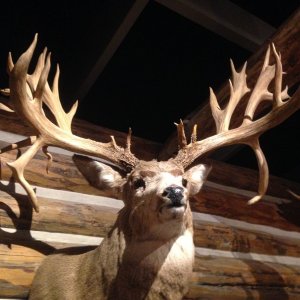
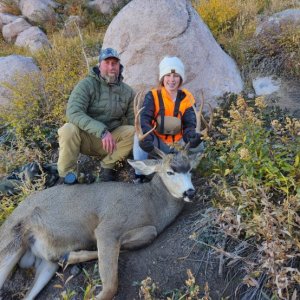
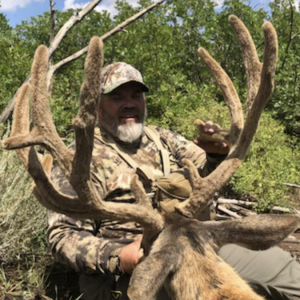
![20211028_171704[1].jpg](/xf/data/xfmg/thumbnail/18/18790-8f81b0f3fadefca509e48d4a0c18d3f6.jpg?1636036606)
